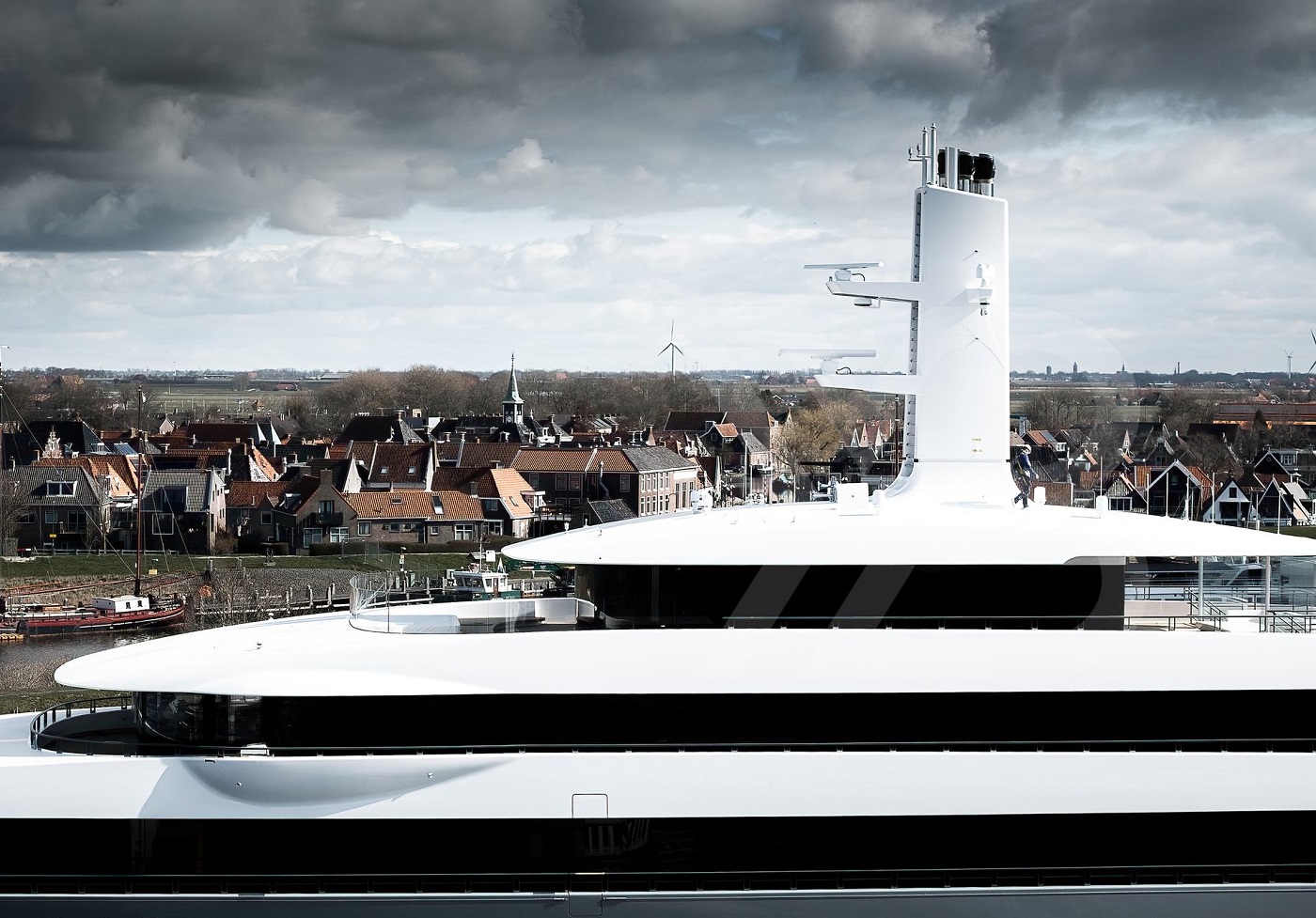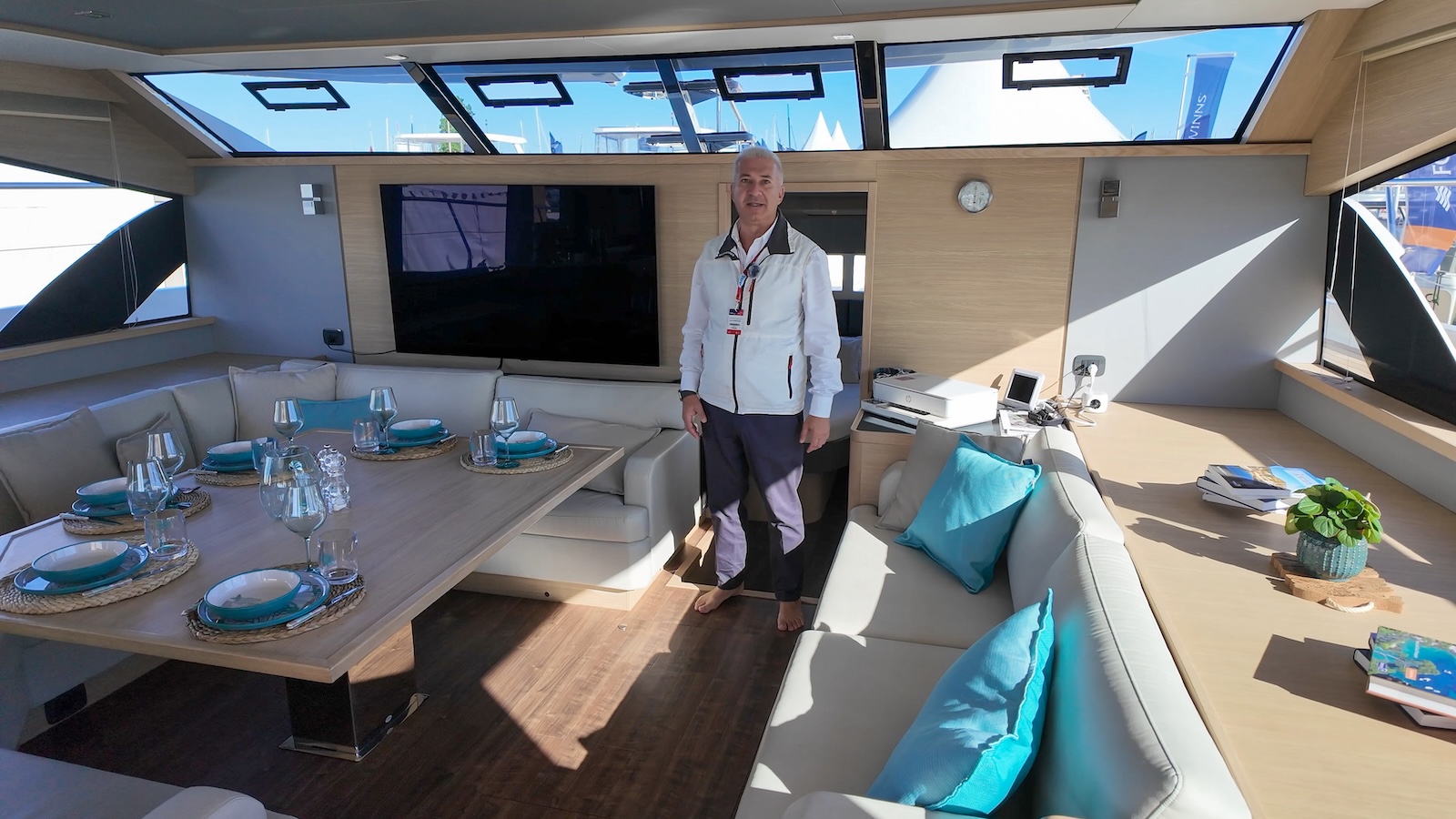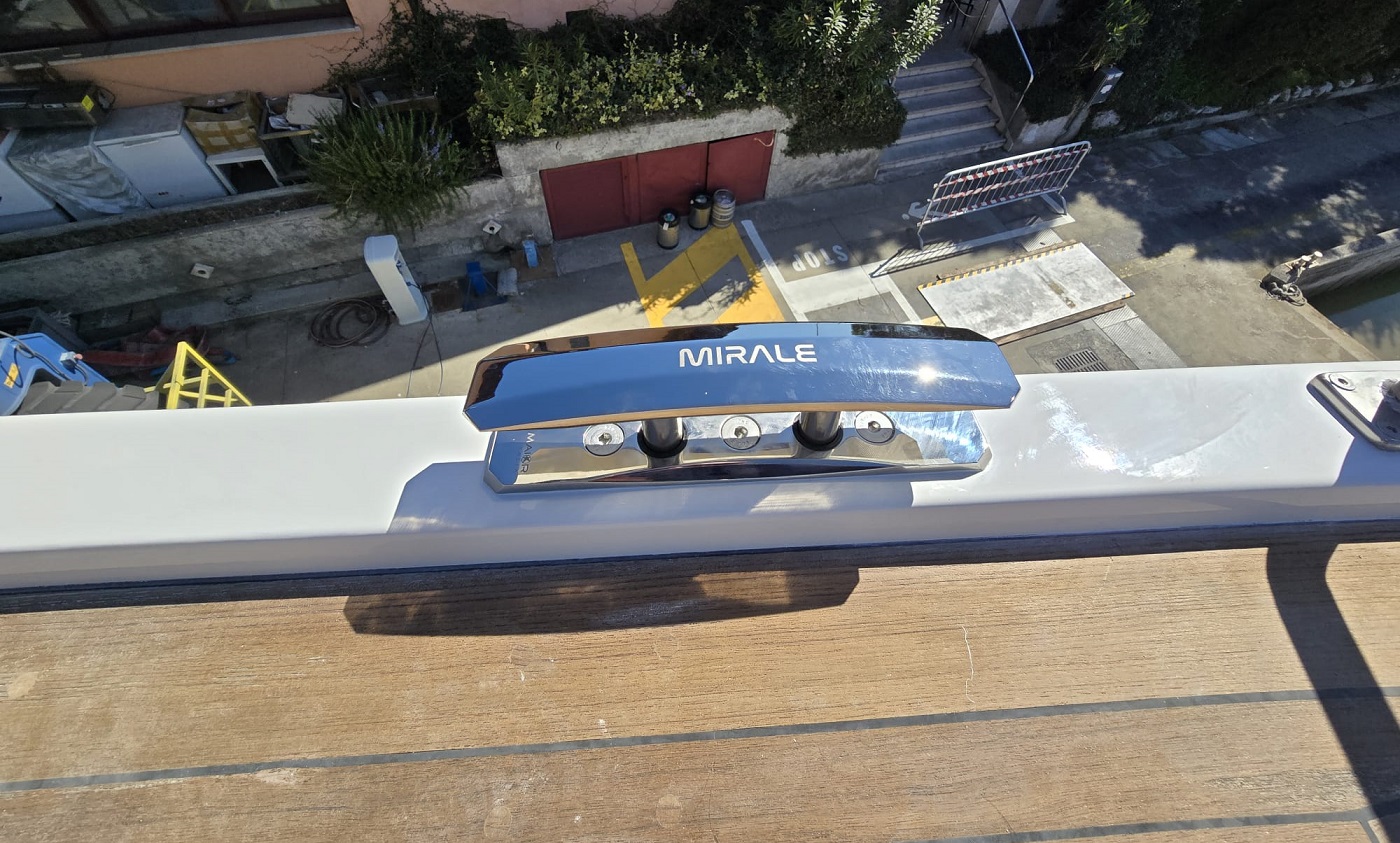Leggi l’articolo in italiano
This morning the 14 members of Kon-Tiki II expedition have arrived in the harbour of Talcahuano, in Chile: they tried to travel from Peru to Easter Island (and return) on two balsa rafts, built with the same technology used by native American in the Pre-Colombian period.
The two rafts left from Chile last November and they did half expedition successfully, by reaching easter Island in 43 days. However, their return wasn’t equally lucky and after the departure last January 6th the rafts met such terrible wind and sea conditions the two captains were obliged to ask for help and abandon the enterprise. The crews were at first saved by a South-Korean cargo vessel and then they were recovered at about 1,000 miles afar the land by a boat of the Chilean Coastguard thanks to which they have reached the mainland today. Embittered for not having achieved the expedition but happy for being self and sound, they believe that the reason of their failure were the atypical conditions provoked by El Nino.
But why crossing the Pacific Ocean on a raft? The reason is as scientific as adventurous, purely an end in itself. Many people know the story of the first man who tried it, the Norwegian Thor Heyerdahl who left on its Kon Tiki in 1947: as an historian and an anthropologist, Heyerdahl wanted to prove that Polynesian Islands would have been colonized not only by Asian people but also by South-American ones. So, he studied the nautical techniques of Pre-Colombian Peruvian people and he used them to built a boat to cross the Pacific Ocean from Peru to Tuamotu Islands. His expedition was successful: Kon Tiki reached Raroia in 101 days and, although it crushed into the reef, it proved that the crossing was possible.
In 2006 Torgeir Higraff, captain of the expedition which has just finished with the recovery, decided to try again, by breaking Heyerdahl’s record of 30 days on Tangaroa raft, built with the same technologies and the same methods than Kon Tiki. This last expedition went further, by trying to prove that South-American people not only could reach Polynesia but they could even come back. The proof wasn’t complete, since the two rafts were recovered at 1,000 miles afar the coast. However, Higraff is satisfied anyway, since one of the main reasons of the travel was this time scientific and the data collected in the ocean are many and interesting, in a year where El Nino has been particularly powerful.


























